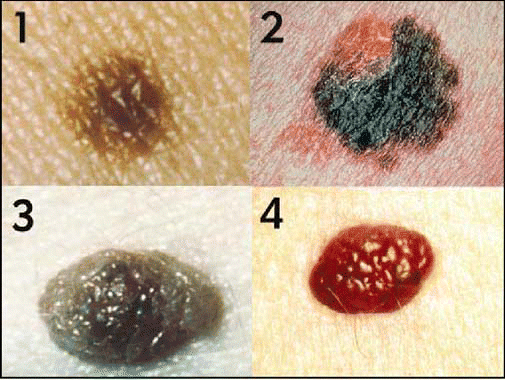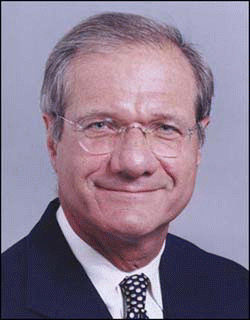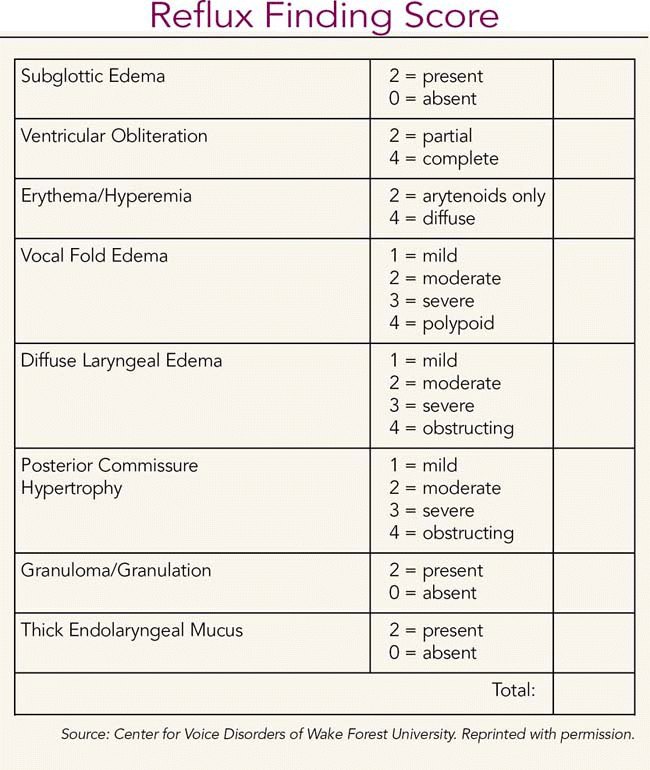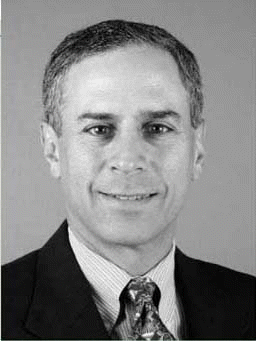Chronic rhinosinusitis (CRS) is defined as inflammatory disease of the sinuses that lasts for more than eight weeks; however, a specific etiology of this complex condition remains largely unknown.


Percutaneous dilation tracheotomy (PDT) is becoming an accepted and increasingly popular alternative to surgical, or open, tracheotomy, particularly in the treatment of critically ill patients requiring prolonged intubation and mechanical ventilation.

After a hiatus associated with a checkered past, gene therapy is again showing promise in several fields of medicine, and otolaryngology is no exception.

Recurrent respiratory papillomatosis (RRP) begins with a pretty small virus, relatively speaking, but it can lead to some pretty big problems for both the patient and the treating physician.

Drop-in retail clinics staffed by nurse practitioners or physician’s assistants may represent a fundamental and permanent change in how patients receive minor primary care in this country, providing affordable care and convenience-but do they serve the long-term health interests of otolaryngology patients and the doctors who treat them?


Endoscopic sinus surgery is an approach commonly used by otolaryngologists–head and neck surgeons, but for what indications is it the best technique to use—and how has its use evolved over the years?

Laryngopharyngeal reflux (LPR) is considered one of the most complex and difficult-to-diagnose manifestations of gastroesophageal reflux disease (GERD).

Survey of otologists reveals differences of opinion on treatment, surgery for otosclerosis with vertigo
